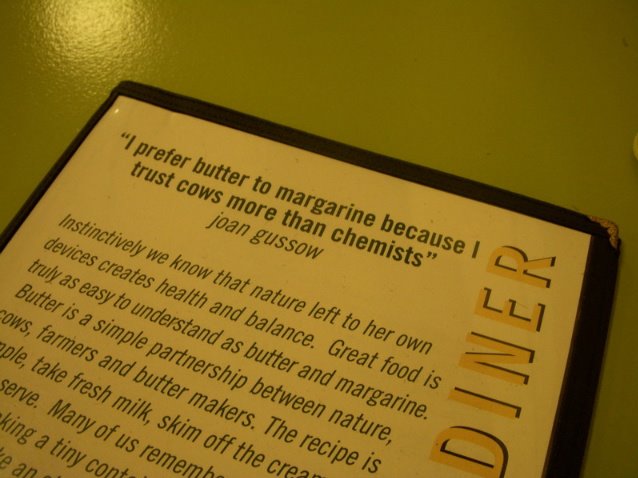This is some dandelion coffee I made a couple days ago. My girlfriend and I have been going dandelion-crazy (it’s been a long winter here in Vermont…) The “coffee” is made from the root, dried and ground, and is an amazing coffee substitute, and much more nutritious (also caffeine-free). It’s really something that has to be tried to be believed. Mostly because everyone thinks trying it is going to be something they have to “endure” rather than enjoy and savor (the latter is what happens). The roots can be dug from any dandelion plant, and it’s actually preferable if they are older because the root will be nice and big (you’ll have to use a shovel or a really badass digging stick to get at them). Contrast this with when you are digging the roots to roast and eat like potatoes — then you want the younger plants, and you want to dig the root in the spring or fall, before or after the plant flowers. For the coffee it doesn’t matter - you can dig the root anytime you see a dandelion plant — unless it’s not on your property, in which case you’d be engaging in some questionable guerrilla wildcrafting… but maybe your neighbors want their “weeds” removed from their lawn?
I dig the roots (a quart or so will make a couple of cups of coffee… if you’re fast you can dig that in under an hour) and roast them in the oven for two hours at 250 with the oven door cracked open (to let the moisture out). This is like dehydrating them but obviously a little more inefficient. This is one of the best reasons I’ve come upon to invest in a dehydrator! Then, I actually have been doing such small batches that I just take the dried roots and grind them in our little coffee bean grinder — those cylindrical ones with a plastic top. Then, since the grinder gets the root to such a find powder, I can basically decoct them using a coffee filter and a melitta (with boiling water — just like how you make coffee with a melitta). If you can’t get the dried root to a powder, you might want/need to infuse it in a tea bag or just loose if you want to get the best flavor.
The flavor is roasty, nutty, earthy, and a bit bitter, but honestly not as bitter as black coffee! Also, if the root is fresh, which it pretty much always will be if you dig it, it always has a fresh, live taste… can’t say as much for coffee.
Not many people realize that every part of this plant can be eaten or used in some way. The leaves are best when young, and it’s good to sautee them for a minute or two or blanche them and eat them with olive oil and lemon juice. You can also just eat them fresh, mixed in with some sweeter greens. You can pluck the buds and pickle them right before they flower, and after they flower you can pick the flowers and make amazing fritters with them. We did this last week by dipping them in batter and frying them. The texture was amazing, it’s like tempura, but has that nutty dandelion flavor. Not bitter at all — the high heat really transforms the flavor.
Pretty much the whole plant when eaten is a diuretic and liver tonic, and in the spring time (in four-season climates) the body needs bitters to help stimulate bile production and clean out the system after the long winter, where people often eat more animal-based fat and saturated fat. The diuretic properties will remove extra water from your system, and so will aid in flushing/cleansing (be sure to drink a lot of water when you’re eating wild foods — they need it to aid their powers!). By the grace of Mama Nature, the dandelion is one of the first wild edibles to come up in the spring… it contains high levels of vitamin A, calcium, and potassium. It doesn’t cost anything, yet it can yield so much — salad, pesto, fritters, roots, coffee, tea (from the leaves). My respect for this plant has skyrocketed in the past couple of years. Also wildcraft with care, don’t sweep one place clean, even an aggressive pioneer plant like dandelion must be protected.



